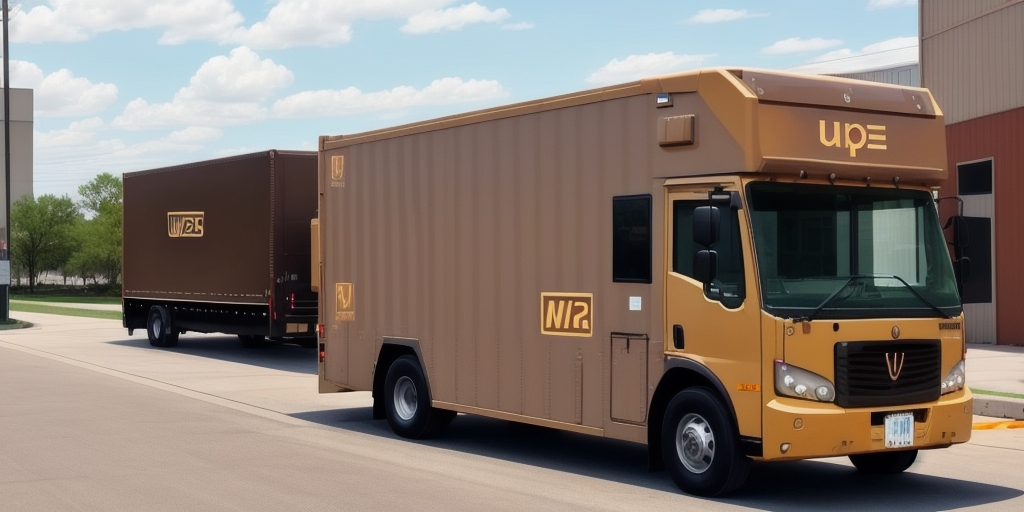Free Shipping: An Essential Growth Driver for Your Ecommerce Business
As ecommerce businesses continue to expand globally, the competition to attract and retain customers is becoming more fierce than ever. One way to stand out among competitors and offer a better customer experience is by providing free shipping. This article explores the importance of free shipping for ecommerce businesses, its impact on customer experience, strategies for implementation, and future trends.
Importance of Free Shipping for Ecommerce Growth
Free shipping has become a critical factor in online shopping decisions. According to a Statista report, free shipping is one of the top incentives for online shoppers, with over 70% of consumers expecting free shipping options. Offering free shipping can enhance customer loyalty, create a competitive advantage, and lead to increased sales and revenue.
Moreover, free shipping can result in higher average order values (AOV). A study by Business.com found that offering free shipping can increase AOV by up to 30%, as customers add more items to qualify for free shipping thresholds.
Reducing Cart Abandonment
Cart abandonment remains a significant challenge in ecommerce. Research from Shopify indicates that unexpected shipping costs are a leading cause of cart abandonment. By offering free shipping, businesses can reduce this barrier, encouraging customers to complete their purchases.
Enhancing Customer Experience through Free Shipping
Customer experience is paramount in building brand loyalty. Free shipping eliminates additional costs that can deter customers, creating a seamless and enjoyable shopping experience. According to a Bain & Company study, customers who receive free shipping are more likely to return and recommend the business to others.
Building Trust and Loyalty
When customers perceive that they are getting a good deal, including free shipping, it builds trust in the brand. This trust translates into repeat business and long-term loyalty.
Boosting Conversion Rates and Sales with Free Shipping
Free shipping serves as a powerful incentive that can significantly boost conversion rates. Data from BigCommerce shows that ecommerce stores offering free shipping see an average increase in conversion rates by 30%.
Encouraging Higher Spend
Setting a minimum order threshold for free shipping encourages customers to add more items to their carts to qualify for the offer, thereby increasing the overall sales and AOV.
Strategies for Implementing Free Shipping Programs
Implementing an effective free shipping program requires strategic planning. Here are several strategies to consider:
- Minimum Purchase Threshold: Set a minimum order value that qualifies for free shipping to encourage customers to spend more.
- Limited-Time Offers: Use free shipping as a promotional tool during specific periods to drive sales spikes.
- Membership Programs: Offer free shipping as a perk for loyalty program members to enhance customer retention.
- Free Shipping on Specific Products: Apply free shipping to select product categories to boost sales for those items.
Analyzing Cost Implications
Businesses must assess the financial impact of offering free shipping. Tools like ShipBob's shipping cost calculator can help determine viable pricing strategies that absorb or offset shipping costs without eroding profit margins.
Analyzing and Optimizing Free Shipping Effectiveness
To ensure the success of free shipping programs, it is essential to monitor and analyze key performance metrics:
- Conversion Rates: Track how free shipping influences the rate at which visitors make purchases.
- Average Order Value (AOV): Measure changes in the average amount spent per order when free shipping is offered.
- Cart Abandonment Rates: Monitor reductions in cart abandonment due to free shipping incentives.
- Customer Lifetime Value (CLV): Assess how free shipping impacts long-term customer retention and value.
Utilizing analytics tools such as Google Analytics and ecommerce platforms' built-in reporting features can provide valuable insights into the effectiveness of free shipping initiatives.
Balancing Profitability and Customer Satisfaction
While free shipping can drive sales and improve customer satisfaction, it is crucial to balance these benefits with profitability. Strategies to maintain this balance include:
- Incorporate Shipping Costs into Product Pricing: Adjust product prices to account for the cost of offering free shipping.
- Optimize Shipping Processes: Streamline shipping operations through technology and partnerships to reduce costs.
- Dynamic Shipping Strategies: Implement variable shipping policies based on factors like customer location or order size.
Price Adjustment Techniques
Businesses can subtly integrate shipping costs into their product prices, allowing them to offer "free" shipping without directly absorbing the expense, thus preserving profit margins.
The Role of Technology in Streamlining Shipping Processes
Technology plays a vital role in optimizing shipping operations, ensuring efficiency, and reducing costs. Key technological solutions include:
- Automated Shipping Software: Automate shipping label creation, order tracking, and carrier selection to save time and reduce errors.
- Real-Time Analytics: Utilize real-time data to make informed decisions about shipping strategies and cost management.
- Integrated Order Management Systems: Seamlessly manage orders across multiple channels and streamline fulfillment processes.
Tools like ShipStation and Easyship offer comprehensive shipping solutions that can enhance operational efficiency for ecommerce businesses.
Future Trends in Free Shipping for Ecommerce
The landscape of ecommerce is continually evolving, and so are the trends surrounding free shipping. Future trends include:
- Increased Use of AI and Machine Learning: Leveraging AI to predict shipping costs and optimize delivery routes.
- Sustainability Focus: Implementing eco-friendly shipping practices as consumer demand for sustainability grows.
- Personalized Shipping Options: Offering tailored shipping solutions based on individual customer preferences and behavior.
- Integration with Augmented Reality (AR): Enhancing the shopping experience by integrating AR with shipping information and tracking.
Staying ahead of these trends will enable ecommerce businesses to meet evolving customer expectations and maintain a competitive edge.
Conclusion
Free shipping is an essential growth driver for ecommerce businesses, enhancing customer experience, boosting conversion rates, and increasing sales and revenue. However, it requires careful planning and strategic implementation to balance costs and profitability. By leveraging effective strategies, utilizing technology, and staying informed about emerging trends, ecommerce businesses can harness the power of free shipping to thrive in a competitive marketplace.








